In the tire production process, many stages involve stitching and adhering rubber materials to form splices, such as the splicing of steel belts and fabrics in the cutting stage and the formation of joints from steel belts, fabrics, treads, and pre-composite materials in the molding stage. Defects in these splices, such as gaps, misalignments, or breaks exceeding process standards, can directly affect product quality and significantly reduce tire lifespan.Some tire manufacturers use visual inspections by technical staff as part of their quality control process. This method has several limitations, including subjectivity, inconsistency, high labor input and intensity, time-consuming inspections, and limited data collection, often requiring production to be halted, resulting in extremely low efficiency. Manual inspections also increase the risk of missed defects, potentially allowing substandard products to proceed to subsequent stages, leading to severe quality issues.
Utilizing 3D laser technology, this method captures the 3D point cloud data of rubber materials through 3D scanning. It then assesses for abnormalities such as over/less, dog-ear, off-center issues, and width by calculating key metrics, enabling automatic inspection of the quality of rubber joints and real-time monitoring of production standards.







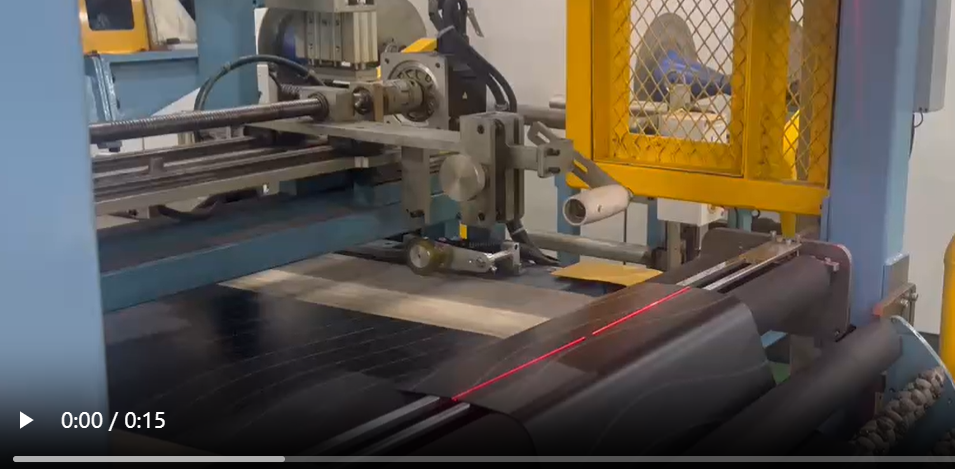


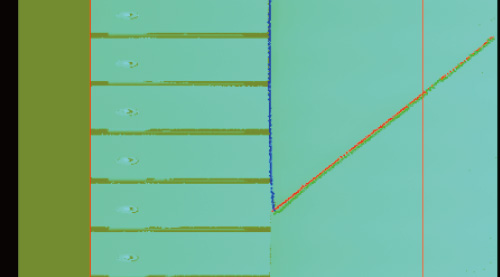
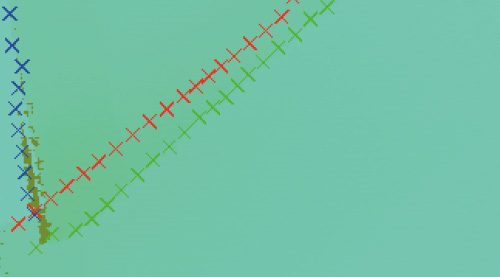
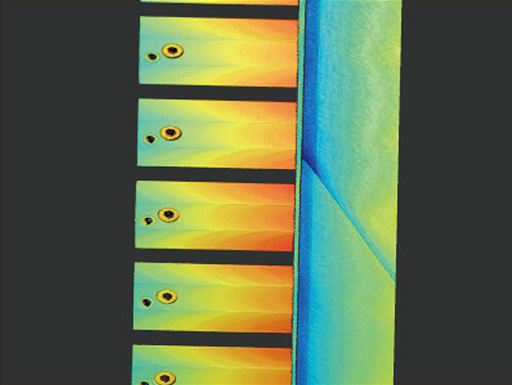
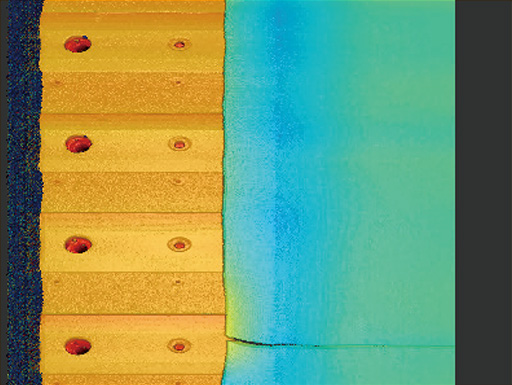






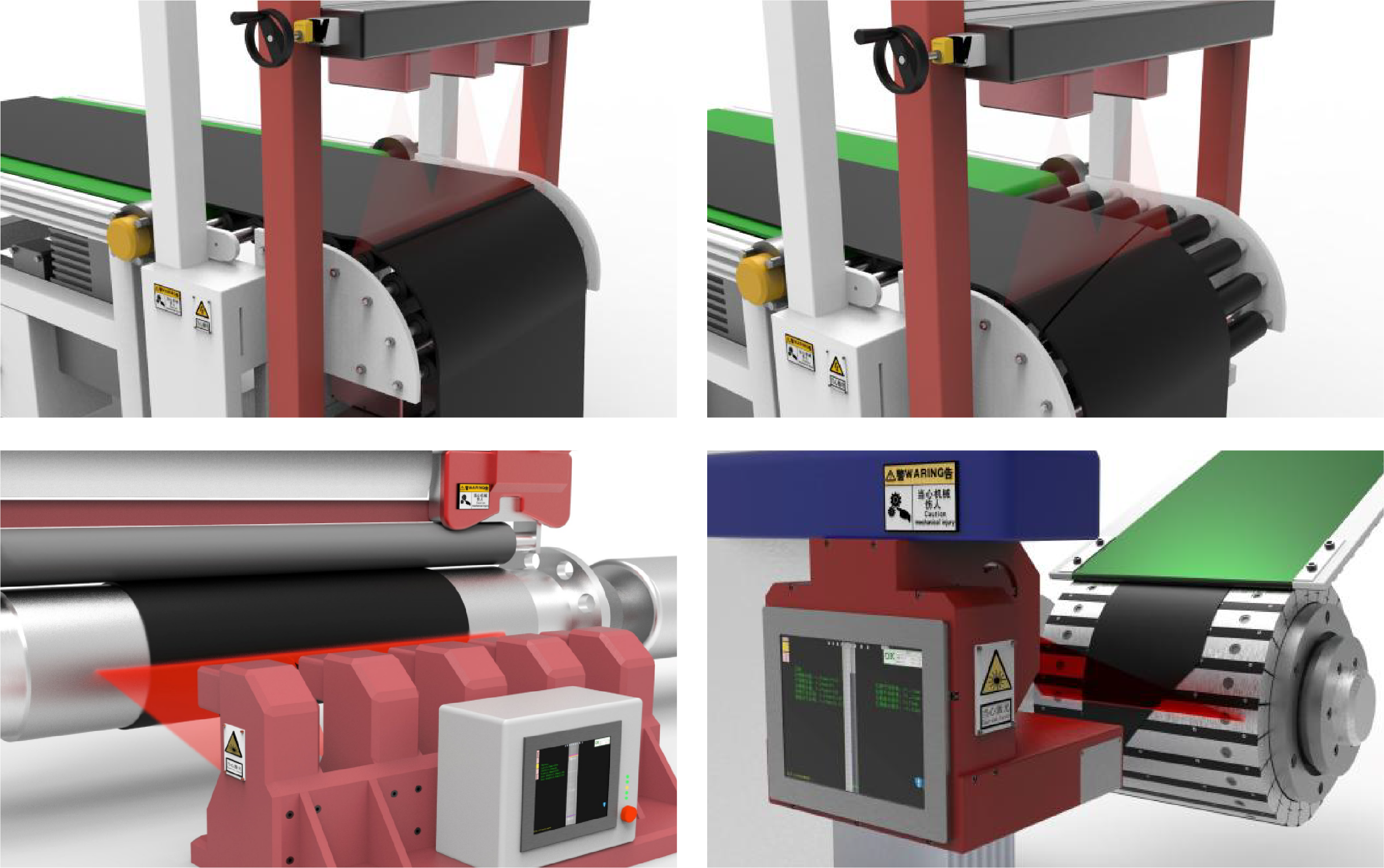

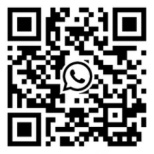 WhatsApp
WhatsApp Follow Us
Follow Us